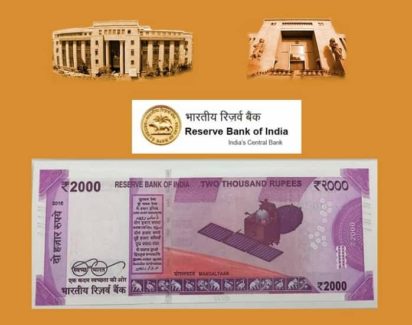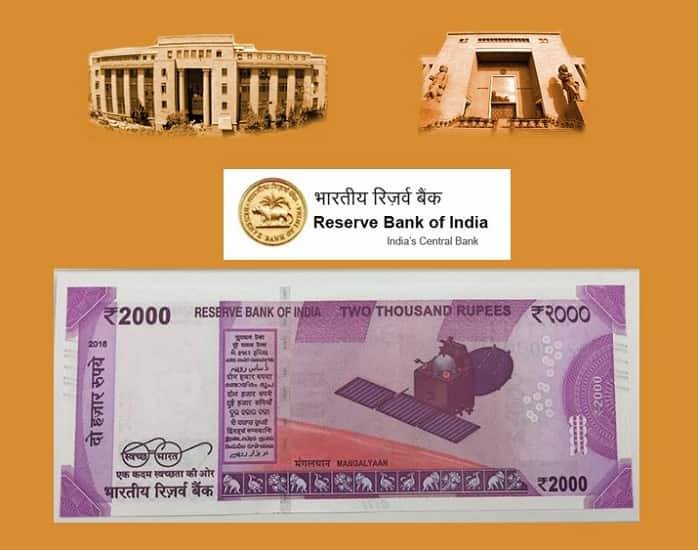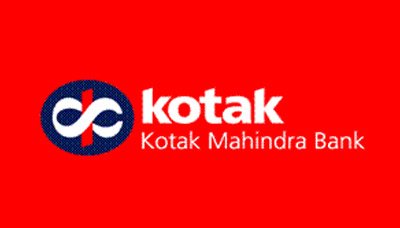Mumbai, 6th December 2017/Team Estrade//– Reserve Bank Of India’s (RBI) Monthly Policy Committee met today and came out with the 5th Bi-Monthly Monetary Policy Statement.

Following are the highlights of the fifth bi-monthly monetary policy statement, 2017-18 released by the Reserve Bank of India:
* Key interest rate (repo) kept unchanged at 6 per cent.
* Reverse repo rate remains at 5.75 per cent.
* Marginal standing facility rate and Bank Rate 6.25 per cent.
* Rate was decided by a vote of 5-1 in MPC.
* Inflation forecast raised to 4.3-4.7 per cent in Q3 and Q4.
* MPC committed to keeping inflation close to 4 per cent on a durable basis.
* Economic growth forecast for 2017-18 unchanged at 6.7 per cent.
* RBI sounds caution on fiscal slippages.
* Next MPC meeting on February 6 and 7, 2018
Brief key takeaways from the policy announcement:
– The committee expects inflation to rise and range around 4.3-4.7 percent in Q3 and Q4 of FY18. Inflation is likely to be impacted by factors like the impact of house rent allowance, which will peak in December, and rise in international crude prices.
-WTO’s assessment of Q4 indicates loss of momentum in global trade due to declining export orders.
-Bullion prices under selling pressure on account of rising US Dollar.
-Among Emerging Market Economies (EMEs) Q3 observations
China: Service sector main driver of growth. Weakness in Real Estate and Construction activity.
Brazil: Unemployment touching intra year low. Recovery gained further momentum.
Russia: Weak industrial production, so moderate economic activity.
South Africa: Weak economic activity, elevated levels of unemployment and political instability.
– Vegetable prices, which soared in recent times are expected to moderate in coming months. The MPC will also carefully monitor the evolving trajectory in relation to cost of living conditions (food) and inflation outlook.
– There is a possibility of fiscal slippage with the implementation of farm loan waivers by certain states, a partial rollback of excise duty and VAT and a decrease in revenue due to implementation of the Goods & Services Tax.
– Another risk for inflation could be the uncertainty over monetary policy normalistaion in advanced economies.
– While kharif production and rabi sowing could impact agriculture, the RBI expects credit growth to improve, especially with bank recapitalisation plan in place.
– While weakness in some sectors like real estate is visible, services and infrastructure sentiment is expected to improve in Q4. The overall business scenario is also expected to improve. Growth in construction sector is tepid due to transitory effects of RERA and GST implementation.
– Debit card transactions will get a boost as the Reserve Bank of India will put a limit on merchant discount rate (MDR) and create a framework for asset-light acceptance infrastructure.
RBI maintains status quo






